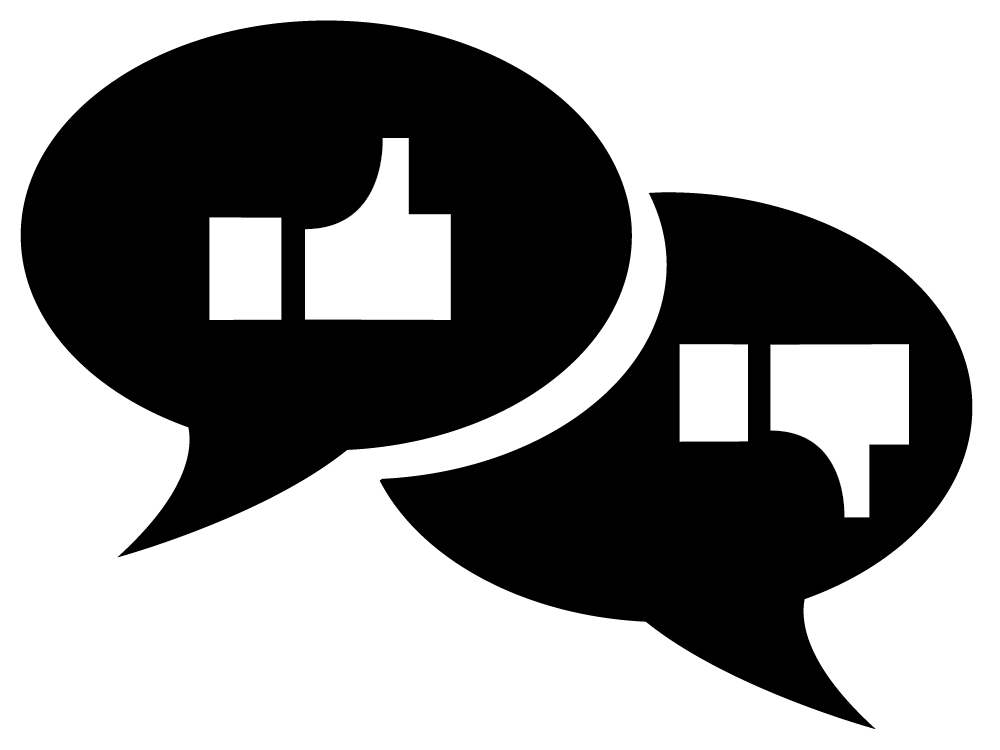Should voters trust polls?
The world of Colorado politics was upended last week with the release of a handful of polls that gave Republicans sizable leads in the races for Colorado Governor and U.S. Senate. While the GOP and its team might be thrilled by these results, Quinnipiac has become a dirty word on the left. Colorado Democrats were quick to dismiss the polls, conducted by Quinnipiac University, as being biased by an over sampling of Republican voters.
All this drama and political theater begs the question: how much stock should the public place in election polls? The answer: some. Are they important? Yes and no. Should voters and the public read polls with a great deal of skepticism? Of course. Do polls matter? Absolutely.
The polls had former Representative Bob Beauprez, Republican gubernatorial nominee, and Representative Cory Gardner, GOP nominee for Senate, up by 10 points and eight points, respectively. Incumbent Governor Hickenlooper and Senator Mark Udall, both Democrats, may have been more nonplussed about these results if polls in the previous weeks hadn’t shown them leading by thin margins of several percentage points.
This poll, however, did sample a larger segment of the public than did previous polls, which, theoretically, gives it more credibility and does give it a narrower margin of error.
So what does this polling divergence mean for our state’s politics? Will the rising tide of Republicans sweep over Colorado? The Washington Post’s election forecast, which makes electoral predictions based on fundraising, polling, name ID and other factors, still gives Udall a lead over Gardner, saying that the incumbent has a 68 percent chance of victory come November.
Of course polls matter, but voters and students must bear in mind that a poll is simply a snapshot of a select segment of the electorate at one moment in time, and no poll can or will be completely accurate, especially this far from election day.
The Quinnipiac polls present a key issue as well: the sampling percentages of Republicans, Democrats and Independents was 34 percent, 27 percent and 33 percent, respectively. This means that of the 1,211 voters surveyed, the largest plurality were Republicans. While Quinnipiac was accused of oversampling the GOP and thereby skewing the results, a case could also be made that the polling house was attempting to simulate the actual electorate in November, because, in a midterm year, Republicans are more likely to turn out and vote. This, of course, is speculative, since ballots will not be mailed out until Oct.14, although traditional wisdom says the momentum and energy are with Republicans in 2014 because this year is an off-year election seen by some as a referendum on President Obama’s policies.
Though Beauprez and Gardner could conceivably win by large margins, this is unlikely. In the past four years, Colorado has been a fiercely competitive swing state; Obama won the Centennial State by 5.3 percent in 2012, while Democratic Senator Michael Bennet won in 2010 by just 1.7.
Ultimately, what these polls reveal is that Colorado races are closer than any pundits would have expected going into this election cycle. While polls provide fodder and fundraising material for campaigns, they should be viewed, analyzed and digested with a healthy dose of skepticism, like anything one hears during a contentious election.










